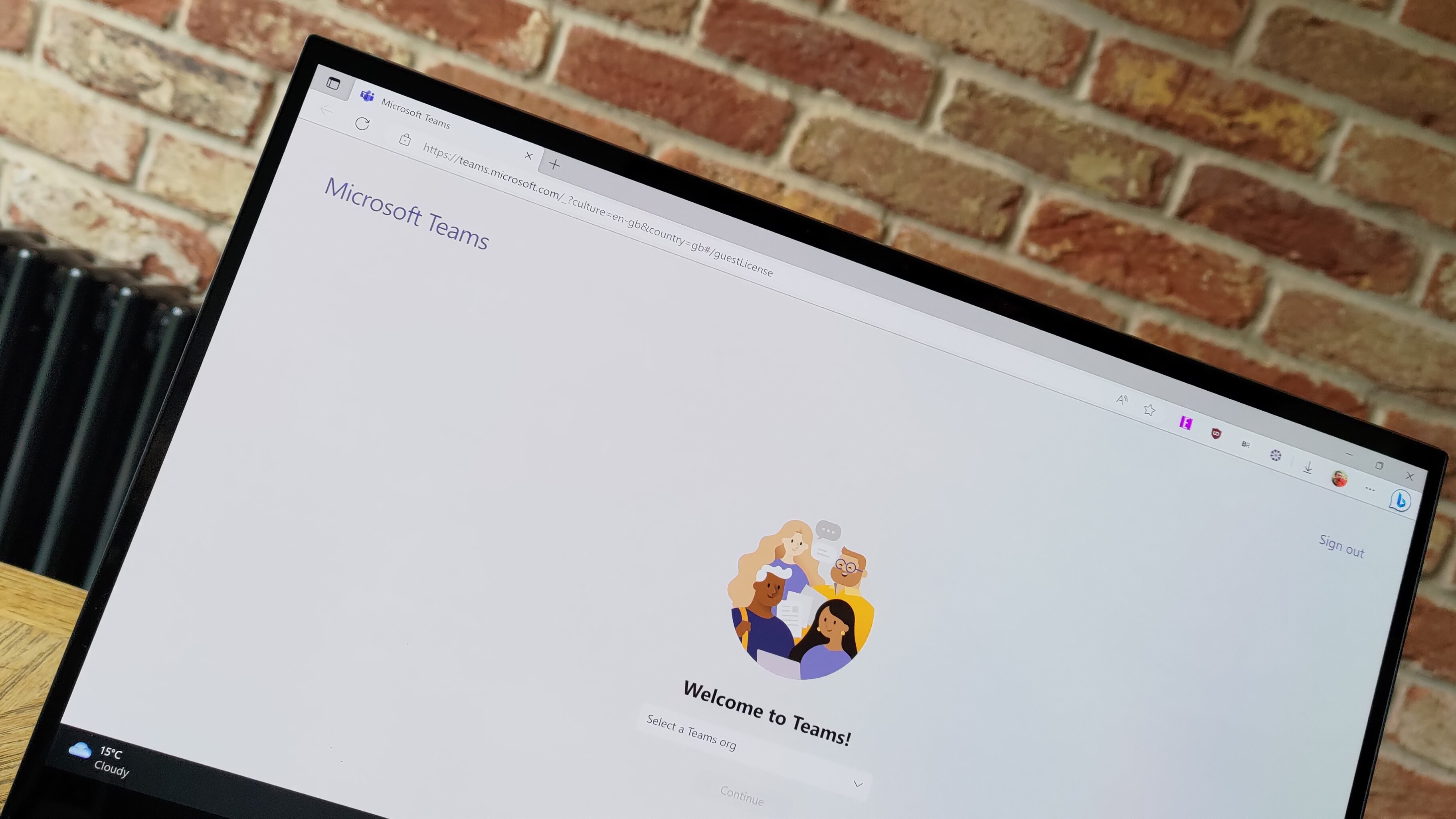
What you need to know
- Microsoft Teams has a dynamic emergency calling feature that can share a location you enter with emergency services, such as 911.
- The feature is in testing for the Microsoft Teams web app.
- At the moment, dynamic emergency calling is supported on Teams for Windows, macOS, iOS, Teams phone, and Teams Rooms.
A feature that can help emergency services save people is making its way to the Microsoft Teams web app. Dynamic emergency calling allows Teams to route emergency calls to services such as 911 and share the location of the Teams client. At the moment, the feature is supported on Teams for Windows, macOS, iOS, Android, Teams phone, and Teams Room, but it should be available for the Teams web app in the near future.
"Dynamic emergency calling for Microsoft Calling Plans, Operator Connect, Teams Phone Mobile, and Direct Routing provides the capability to configure and route emergency calls and notify security personnel based on the current location of the Teams client," reads the Microsoft support document about the feature.
At the moment, Microsoft lists support for Teams on the following platforms:
- Teams desktop client for Microsoft Windows
- Teams desktop client for Apple macOS
- Teams mobile client for Apple iOS client version 1.0.92.2019121004 and App Store version 1.0.92 and greater
- Teams mobile client for Android client and Google Play store version 1416/1.0.0.2019121201 and greater
- Teams phone version 1449/1.0.94.2019110802 and greater
- Teams Rooms version 4.4.25.0 and greater
But the folks at m365community spotted dynamic emergency calling in testing within the Teams web app. The author of that blog specified on Reddit that the feature is available on the Preview Channel if you're running version 3.6. They were able to input their home addresses into the Teams client on the web.
Microsoft's document still specifies that "Dynamic emergency calling, including security desk notification, isn't supported on the Teams web client." We'll have to keep an eye out for official documentation to change as the feature makes its way through testing.







